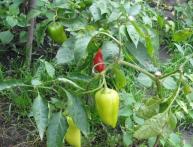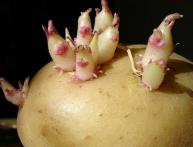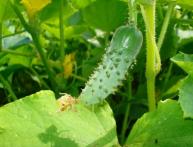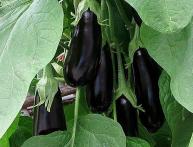Strawberry physalis and features of its cultivation
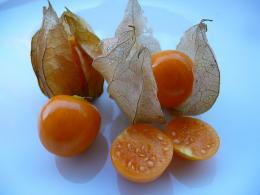
Physalis - an annual plant, just like tomatoes, peppers and eggplants, it belongs to the nightshade family. In garden plots in our strip you can find physalis ornamental and physalis, which is grown as vegetable crop.
In terms of care, the plant is no different from tomatoes, except that it does not require pinching or tying. Caring for physalis is extremely fast. The plant is also very resistant to various diseases, is less demanding of light than its relatives and can grow in open ground. The homeland of Physalis is America.
One of the most common vegetable plant species is Physalis strawberry. Its fruits are not very large, amber-yellow or red in color, have a good taste and a pleasant aroma. Ripe fruits become transparent, and the grains inside them are clearly visible in the light.
It is best to plant plants in open ground with 40-day-old seedlings, which are grown in exactly the same way as tomato seedlings. Physalis can be planted in the ground 10 days earlier than tomatoes; the plant is not afraid of frost. Seedlings can be planted a little thicker than tomato seedlings. The ground under Physalis should be systematically weeded; the plant is also sensitive to watering and fertilizing.
The ripening of physalis fruits occurs simultaneously with the ripening of early tomatoes. A sure sign of fruit ripening can be considered the drying of the “cover” in which the fruit is located. You can harvest as the berries ripen.
Strawberry physalis fruits can be preserved for a long time, due to the fact that each of them is hidden in a “bag”. Physalis fruits can retain a pleasant taste for one and a half months.


